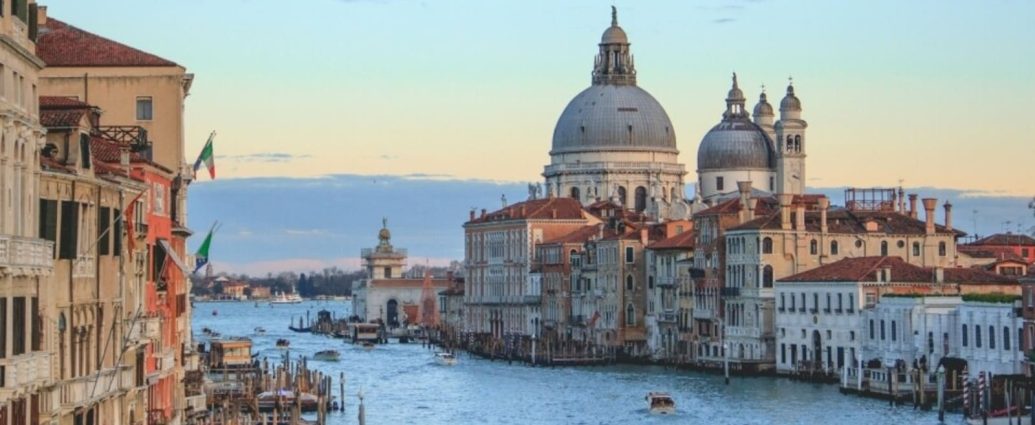Venice launched a new scheme Thursday to charge day-trippers for entering the historic Italian city, a world first intended to ease the pressure of mass tourism — but many residents are opposed. Visitors entering the UNESCO World Heritage site for the day have to buy a five-euro ($5.3) ticket, with inspectors carrying out spot checks at key entry points.
Considered one of the most beautiful cities on the planet, Venice is one of the world’s top tourist destinations — but is drowning under the weight of the crowds.
Around 10,000 tickets had been sold by the time the scheme began at 8:30 am (0630 GMT) on Thursday, according to Simone Venturini, the local councillor responsible for tourism. (Also Read | Thailand tourism strategy: Visa-free stay for Russian tourists extended to 60 days)
Under a trial system, the “Venice Access Fee” is being introduced on 29 busy days throughout 2024, mostly weekends from May to July. Thursday is a public holiday in Italy.
There is no limit to the number of tickets available. Instead, the goal is to try to persuade day-trippers to visit during quieter times.
“I think it’s good, because it will perhaps slow down the numbers of tourists in Venice,” said Sylvain Pelerin, a French tourist who has been visiting for more than 50 years.
Overnight visitors, who already pay a tourist tax, will be exempt, as will minors under the age of 14 among others.
But not everyone is happy, with some residents set to protest against a measure they say curbs fundamental rights to freedom of movement.
“This is not a museum, it’s not a protected ecological area, you shouldn’t have to pay — it’s a city,” Marina Dodino from the local residents association ARCI, told AFP.
Soft controls
Luigi Brugnaro, the mayor of Venice, has said the new scheme is “an experiment”, monitored with “very soft controls” and “without queues”.
Visitors are being encouraged to buy their tickets online beforehand — as many had on Thursday — but will be able to buy one on arrival.
A new ticket office has been set up on the square in front of the Santa Lucia train station, the main point of entry into the city.
Inspectors will be able to fine those without tickets, ranging from 50 to 300 euros ($53 to $320).
But none are expected on Thursday, an official told AFP, with the goal to persuade rather than punish.
UNESCO warning
Venice, spread over more than 100 small islands and islets in north-eastern Italy, was listed by UNESCO as a World Heritage site in 1987.
But the numbers of people seeking to experience what the UN cultural body calls an “extraordinary architectural masterpiece” are widely considered to be unsustainable.
At peak times, 100,000 visitors stay overnight in the historic centre of Venice, double the resident population of just 50,000.
Tens of thousands more pour into the city’s narrow streets for the day, often from cruise ships, to see sights including St Mark’s Square and the Rialto Bridge.
UNESCO threatened last year to put Venice on its list of heritage in danger, citing mass tourism as well as rising water levels in its lagoon attributed to climate change.
Venice escaped the ignominy only after local authorities agreed the new ticketing system.
The idea had long been debated but repeatedly postponed over concerns it would seriously dent tourist revenue and compromise freedom of movement.
“The aim is to find a new balance between tourism and the city of its residents,” Venturini told AFP on Wednesday.
“We must work to reduce the impact of daily tourism on certain days… (which) generates stress for the city,”, he said.
Ashish Thakkar, an American tourist visiting Venice with his wife, questioned how much of an effect the day pass would have.
“If I’m coming all the way from out of the country, five euros just to get access to the city — I wouldn’t mind paying it,” he told AFP.
“I don’t think it’s going to make a big difference.”
Venturini hopes the initiative will persuade Italians living in the region not to come on busy days such as Thursday, when Italy marks its World War II Liberation Day.
Venice had already imposed a ban in 2021 on the massive cruise ships from which thousands of day-trippers emerge daily, rerouting them to a more distant industrial port.
